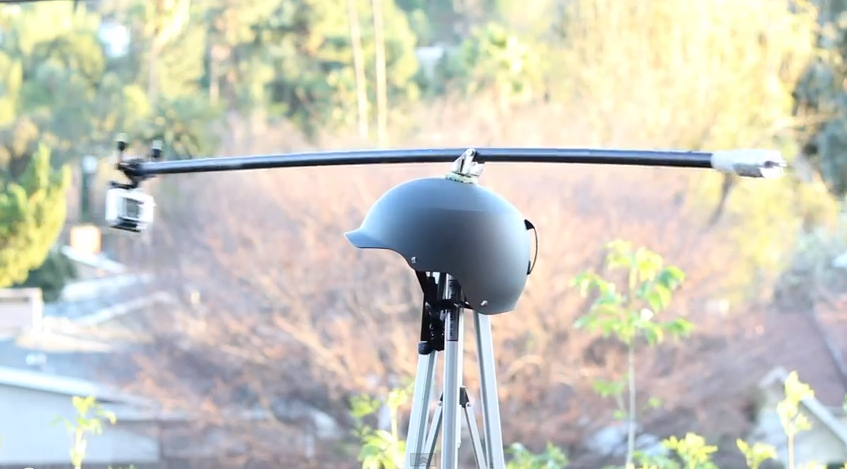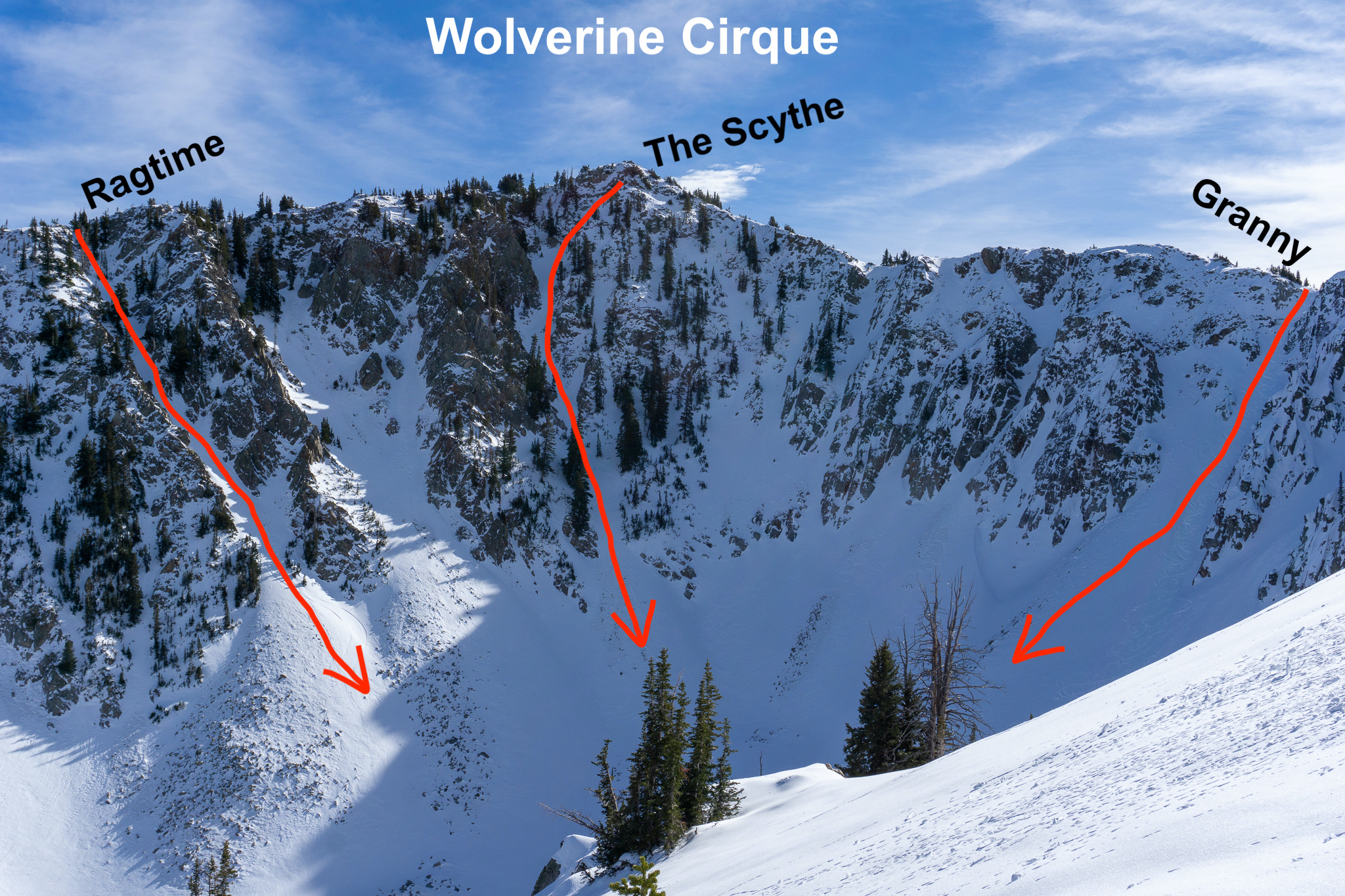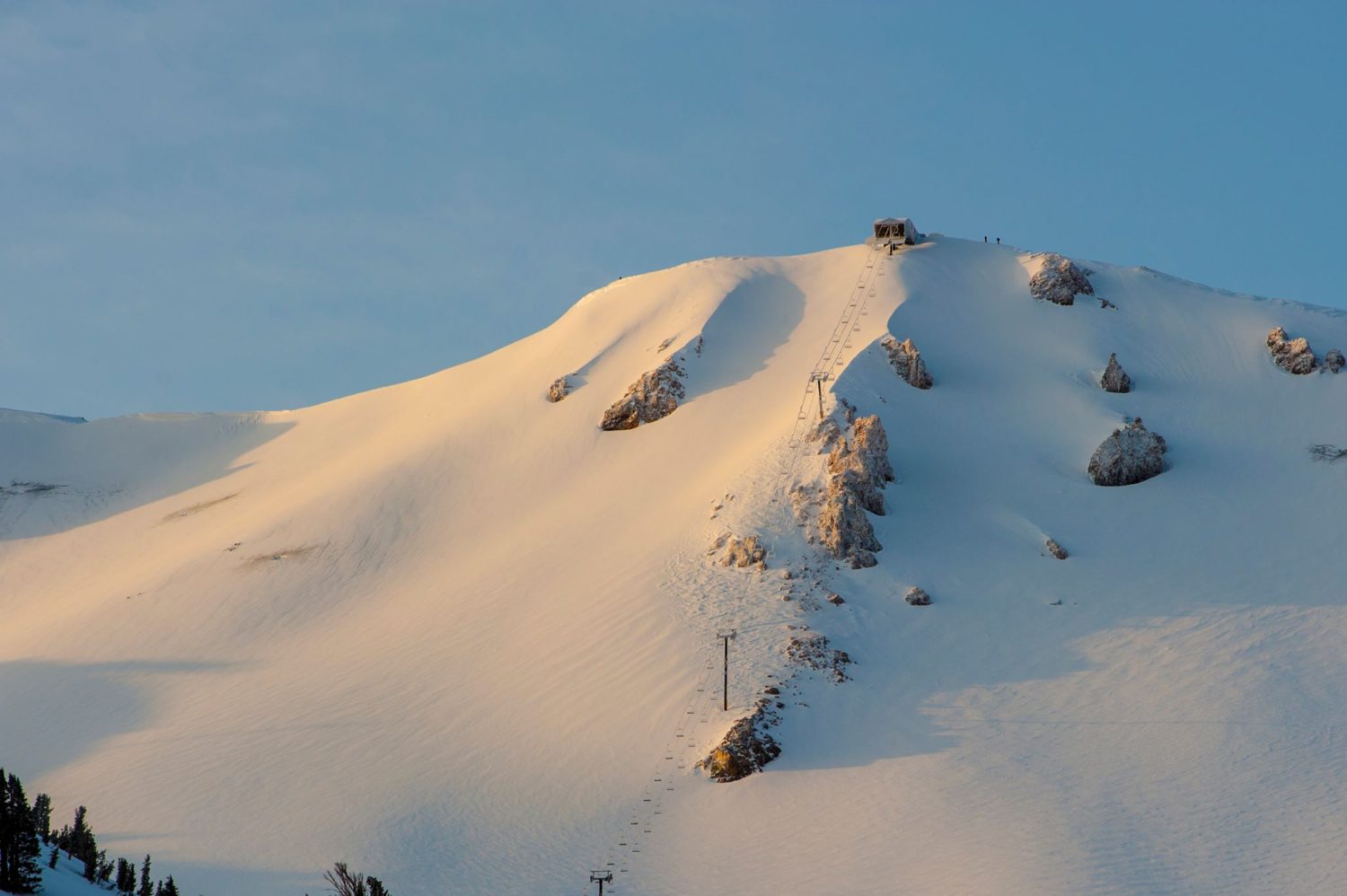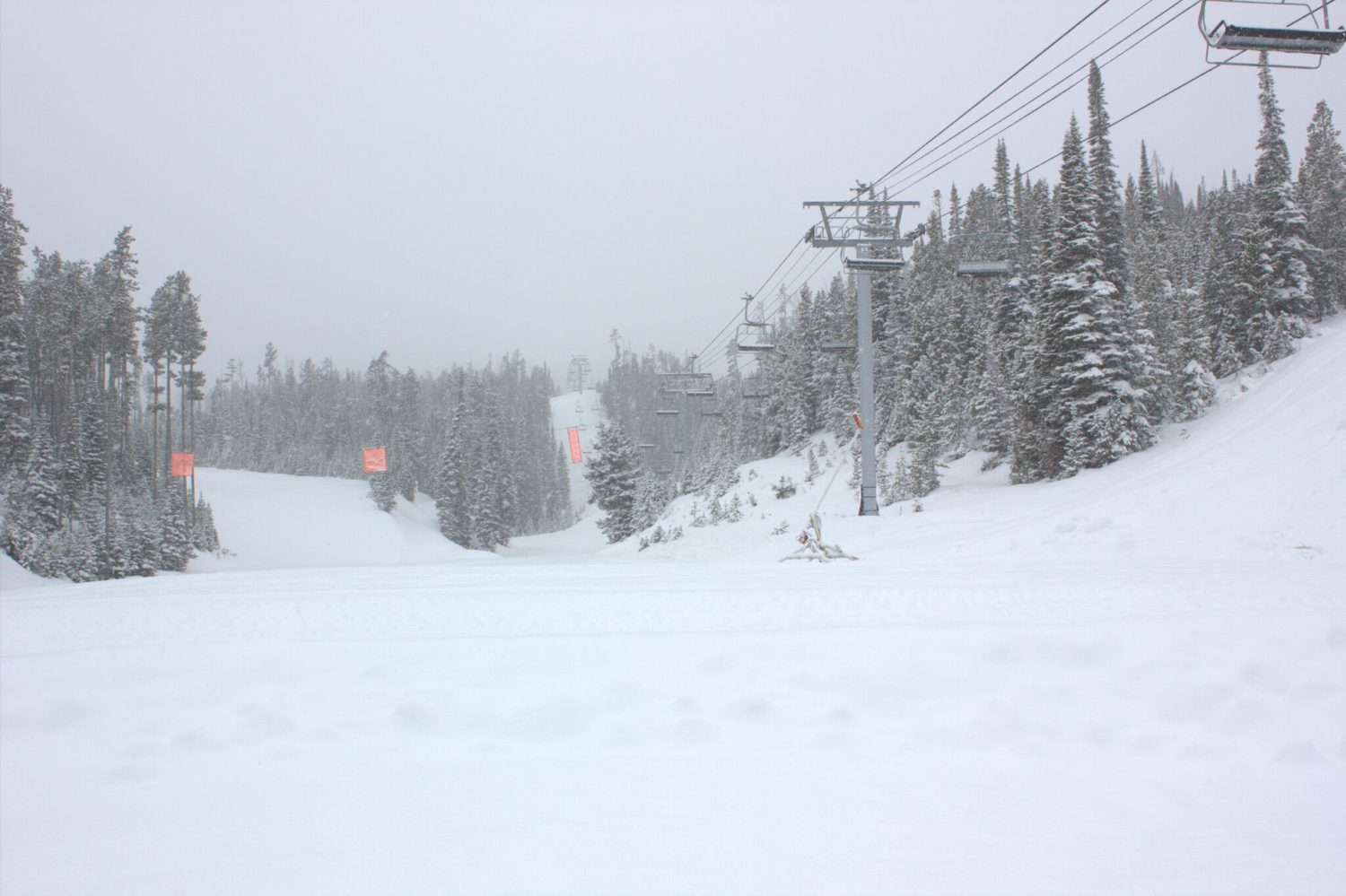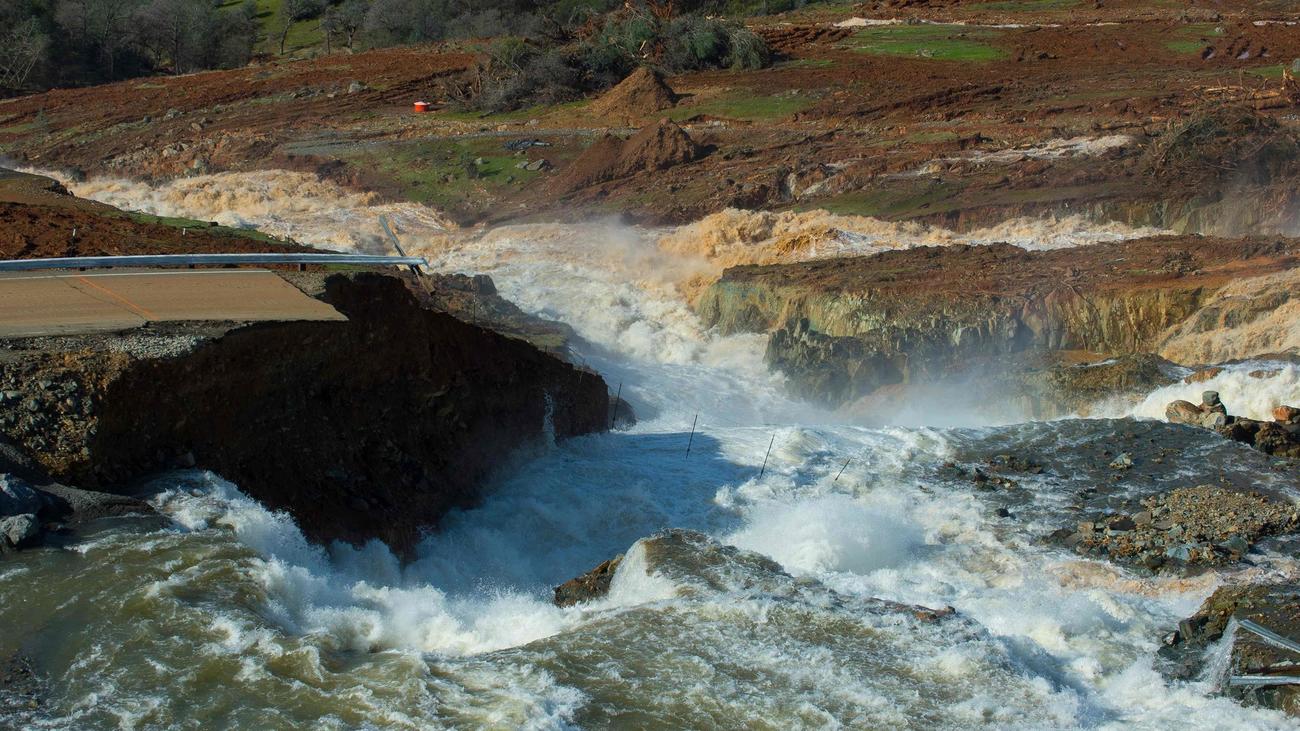
The threat of imminent disaster has subsided at the Lake Oroville Dam, but forecasted heavy rain and snow this week, the distinct possibility of more rain and snow in coming months, and the certainty of massive amounts of snowmelt make this an issue that has only temporarily been resolved. After helicopters filled in the eroded craters with rocks, the dam’s spillways have been deemed safe for now, and the discharge has been doubled to 100,000 cubic feet per second to make way for the input of more water later this week and next. For comparison, the Colorado River has a discharge of approx. 22,000 cubic feet per second.
Sunday February 12th saw the evacuation of 180,000 residents downstream of the dam, the nation’s tallest, as the “emergency spillway” threatened to rupture and release a 30-foot wall of water downstream. It is worth noting that this is the first time in its 48-year history that the Lake Oroville Dam utilized its emergency spillway, a testament to the amount of precipitation California has received thus far this year. The emergency spillway is little more than a hillside adjacent to the dam that runs into the Feather river.

The earthen-lined spillway lasted mere hours before dam operators noticed an area of turbulence in the current. Flow was being disrupted (in spectacular fashion), the result of a massive crater in the center of the hillside. Officials decided that further erosion could cause a collapse of the wall of the spillway, suddenly releasing massive amounts of water. The normal concrete-lined spillway had already been compromised, the result of small pockets of water vapor that, when squelched by the massive flow of water, release shockwaves that have the capacity to break concrete.
Environmentalist Ron Stork warned officials 12 years ago about the dangers of the inadequate emergency spillway, but to no avail.


Future of Oroville Dam:
The dam at Oroville, however, is far from fixed. The biggest challenges are probably yet to come. Officials have not decided on how to permanently fix the dam, and it is unclear where funding for the project will come from. One possibility is reconstructing the main spillway and lining but the emergency spillway with rock, but this option will cost millions of dollars.
Marcia Hale, president of Building America’s Future, a bipartisan group of elected officials advocating for investment in infrastructure, speaks for all of us as far as political uncertainty goes: “There are hundreds of thousands of people affected by this,” Hale said. “It’s an infrastructure problem, not a political problem.”
Other, more abstract threats also exist: Oroville is the site of the second largest induced earthquake ever, magnitude 5.8, thought to be caused by rapid raising and lowering of water levels (similar to the rapid presently occurring). Failure of the dam as a result of an earthquake would be catastrophic.
With more flow into the lake imminent in the coming months, we will almost certainly be writing about Oroville again. Let us hope that it is not to report the loss of life.

